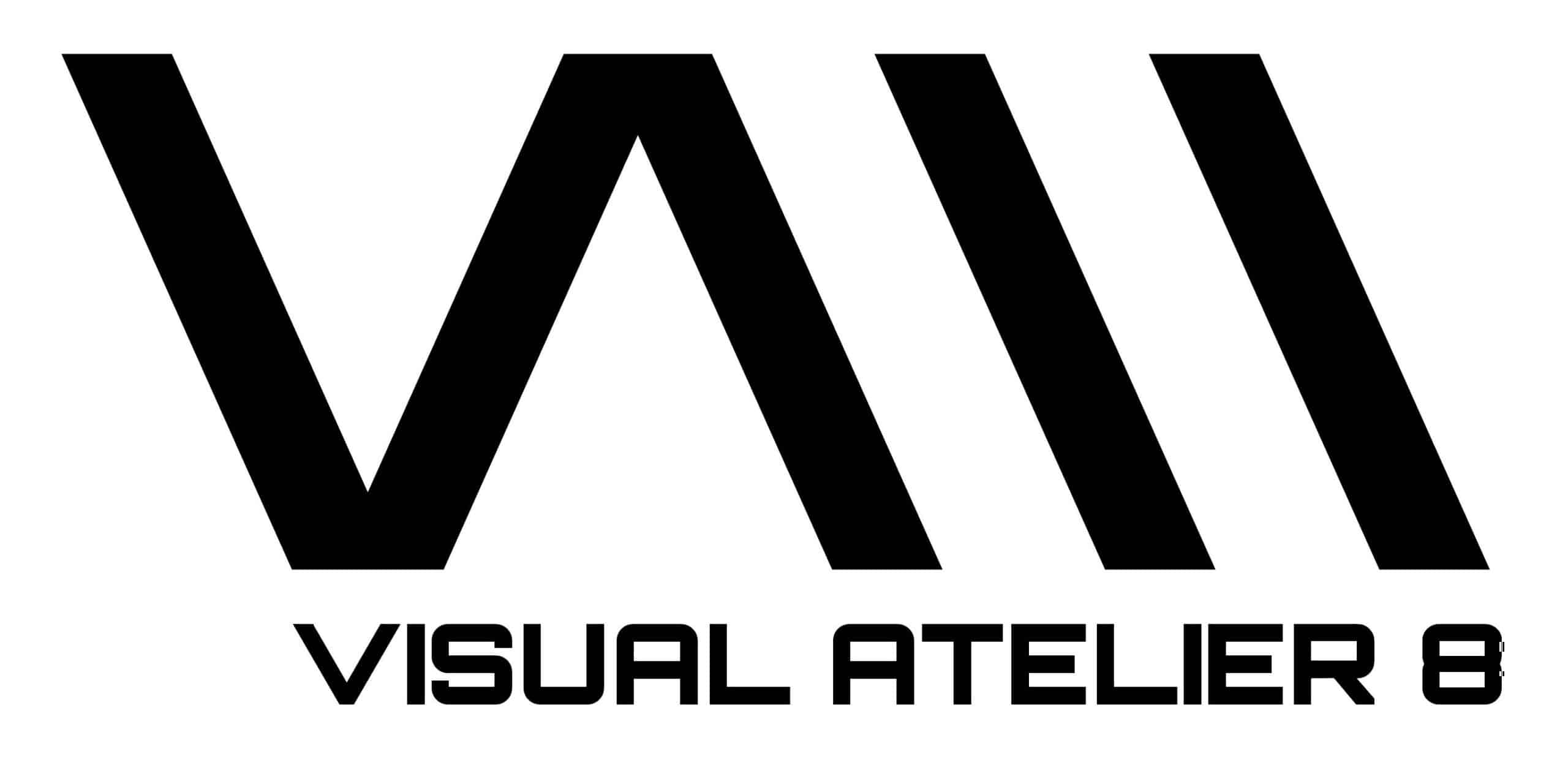
Thank you for taking the time to chat with us about your body of work and its philosophies. Your aesthetic certainly exemplifies the dichotomy between the ancient and the modern, the past and the future. In terms of presence, how does the concept of time translate into your art? Is the present the exact point of dissection between all things old and all things new?
Thank you for giving me this opportunity. In the universe that I’m creating, I wanted to imagine time as a segment, where something appeared at a certain precise moment and in the same way, at another moment, ended. And for some reason, the segment bent into a circle, its edges coming together at one point and thus breaking the sense of the evolutionary process.
As a result, it is not entirely clear what the beginning is, what the past is, what the future is, what the end is. I am not very interested in working with time as a space, despite the fact that the generally accepted concept thereof has definitely left an imprint on the perception of my work. And, of course, it is easier for the viewer’s brain to embed masks into the usual coordinate system, the basic inviolable rules for perceiving the world. This is partly why I named it all Ancient Future.
Working on a digital platform, how do you stay grounded in more traditional manifestations in order to illustrate the real world? What are your influences and inspirations?
Inspiration isn’t so easy. It always feels like we are not on good terms, and that the only way to be safe is not to rely on it, because it is too capricious and unpredictable. And everything that is built on inspiration alone is subject to a rollercoaster of moods. Inspiration should be more like a bonus you receive for extra productivity and not the main driving force behind something.
If we were to talk about inspiration in a familiar context, I would say it is impossible to be inspired by something specific. When people try to focus on a single thing for inspiration, they drive themselves into a framework that is too rigid, and it threatens to end in complete burnout and disappointment. There are so many cool things and events around, that it is of much greater importance that one is careful not to forget how to be filled with wonder.
For me personally, this wonder makes it possible to look at ordinary cracked bark and wonder to myself like: imagine you see some birch bark, and when you start to tear it off, you find a drawing of a microchip on the other side. Wonder is a fun game to play and very rewarding. It seems to me now that the concept of wonder is experiencing a time of crisis. Consequently, it is easier and more convenient for people not to experience wonder, to repress the feeling within themselves.

Your work on masks is incredibly moving and laden with complexities. Though masks have been known to be an object utilized by the earliest of human civilizations, you explore further by creating some that diverge from its typical presentation or what we know of it to be. What sort of meanings do you impart upon these masks and what particular details do you wish viewers can discover about them?
I see the mask as a canvas displaying a reflection of humanity’s thinking: the context of time, beliefs, and everyday life. Through it, you can tell many stories and make others think about different things. Just as we can think of a person by looking at facial features, eyes, skin. Tactility is just as important; it adds layers to the story. I think this layering has a certain appeal for the eyes.
Some focus on the texture, study the cracks of time, others consider the general shape and find interest in the general silhouette, others the coloring, and yet others ponder what is behind it, and who could wear it. I like to think that I am playing with the imagination of the viewer, immersing the viewer in another world bit by bit, and the reference point is precisely the masks.
What has your journey as an artist looked like over the years? Especially within the past year, considering the pandemic, how has your artistry been challenged?
It seems to me that recent years, and especially the time of the pandemic, have been a special mixture strengthening the foundation of the vision of my history and its development. The foundation that was built from the first 50 masks allowed me to understand the direction I want to move ahead in, to develop within myself several plot lines, so to speak.
It seems that the last year, which I have spent entirely at home, has expanded the boundaries of my imagination. The closed box of the apartment became a trigger for the development of the inner world; it completely compensated for the lack of an outer world. I always wanted to create full-fledged stories, but I lacked a certain base. After all, it is always much more interesting to look at a thing in the context of some kind of narrative.
It may be cryptic, but there is a clear story behind it. I realized that it was interesting for me to show how these masks were born, the world in which the story occurred, and why and who was wearing the masks. This gives rise to an incredible scope that can be revealed in illustrations as well as in some replica objects, photographs, clothes, sculptures, and jewelry.

The chromatic scheme of your digital art embodies shades of raven, a curious darkness that presents with tones creating depth. What is the significance behind the color palette you choose to illustrate with?
To be honest, I never liked a rich array of colors. I found it difficult. It made it hard for me to focus on the things that I really thought were important. I associate this with various childhood experiences and memories. They are always the brightest, and a part of them remain with us for life, even if they were felt at a very early age.
Therefore, it is probably something subconscious and made of impressive images: a black and white birch grove, the dense black bark of huge old trees in the forest, coal from a fire crumbling in your hands, the purity of ancient white Russian architecture. Perhaps this is the pursuit of purity, the ability to clear one’s thoughts in the surrounding color chaos and disorder.
Endless space as an ideal of purity, with a scattering of small details forming a texture. It’s interesting, but I place something colored in almost every mask for the sake of experiment. And in the end, I erase it, like something irritating. After erasing it, I am always more satisfied with the result.

The utilization of masks were more frequented in the early days of humanity for multiple purposes such as survival and hierarchy. Do you believe that in our modern society, we are still utilizing masks in some new kind of way? Tell us what you think about the relevancy of masks, whether metaphysical or tangible, in our most modern context of living?
Of course, in a non-physical embodiment, in a sense, they have become an everyday part of most people’s wardrobe. Digital has turned life into an endless masquerade; it has its own theatrical, ritual, ballroom masks. Some change their mask every day, some according to their mood, and some according to the occasion. Many seemed to have been turned inside out, opening the way to the demons that lurked inside, and now we perceive a person’s face itself in this context as a mask. And that’s to say nothing of all sorts of filters for smartphone cameras.
It is amazing; it would seem that technologically we are moving forward at a colossal pace, but mysticism and symbolism affect our consciousness in the same way as they influenced people hundreds of years ago. Yes, almost everything has become possible to explain, and we try to think pragmatically, but the brain still pushes us towards forces that will always be above understanding. I find it attractive – the further we go, the more exciting it is to live in such contrasts.
In 50 years, how do you imagine yourself in terms of growth as an artist? What experiences are you preparing for and what dreams do you wish to live?
I want to grow in depth and breadth, like mushrooms or some kind of moss. I want my world to be embodied in some more complex form, to find echoes in as many manifestations as possible. This motivates me to create a variety of scenarios and revisit the basics; to constantly renew myself and not grow indifferent, while remaining true to myself and my identity.

All images courtesy of Seryozha Parshakov, shared with permission

